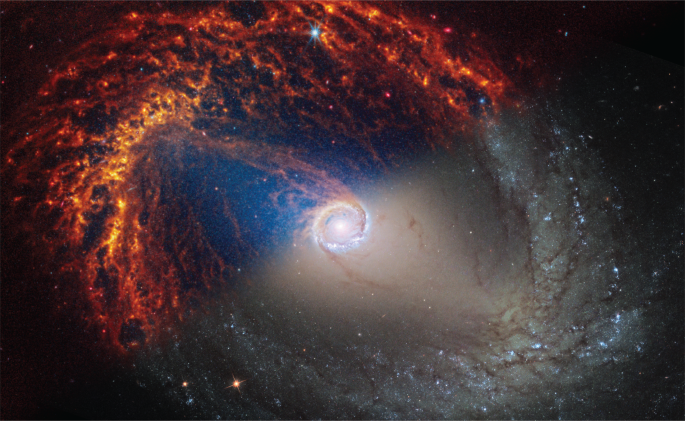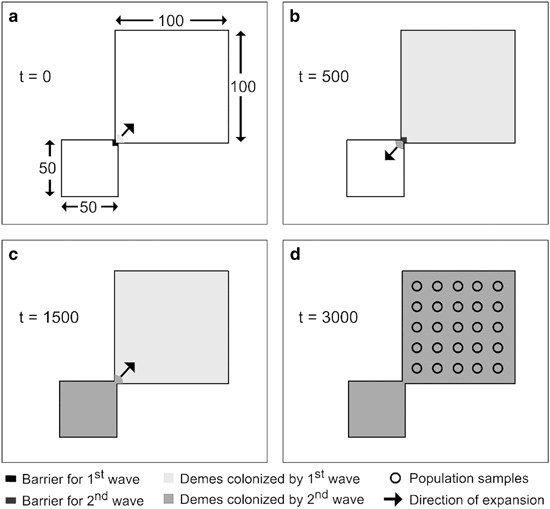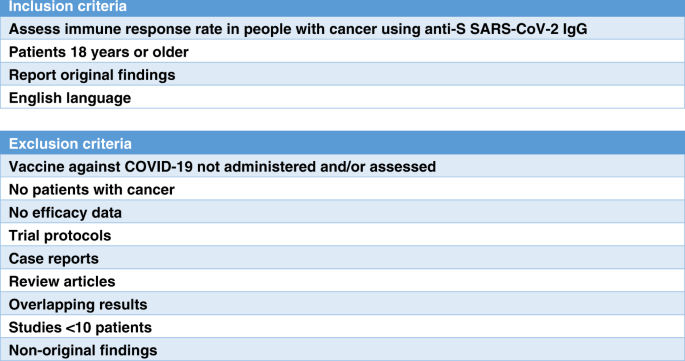
- Select a language for the TTS:
- UK English Female
- UK English Male
- US English Female
- US English Male
- Australian Female
- Australian Male
- Language selected: (auto detect) - EN
Play all audios:
Access through your institution Buy or subscribe The multiwavelength views present different, but complementary, impressions of the galaxy. The JWST observations in the top left corner show
bright spiral arms composed of stars, gas and dust, whereas in the HST image, bottom right, the spiral arms are dark. That is because dust absorbs UV and visible light, re-emitting it at
infrared wavelengths. In the JWST image, the spiral arm material appears more defined, often clumped into short filaments, while in the HST image, the filaments are more hazy. The galaxy’s
central barred region appears blue and transparent in JWST observations and yellow and more opaque in HST observations. The emission originates from the same old stars however: it is
coloured blue in JWST observations because it is at the shorter-wavelength end (~300–350 nm) of the NIRCam detector range and red/green for HST since it is at the longer-wavelength end
(~530–800 nm) of the WFC3 instrument’s bandpass. Star formation in galaxies likely originates in their centres, so younger stars can be found towards the outer parts of these galaxies. In
the JWST image, the tiny blue points appearing through the red/yellow interstellar clouds are young, massive stars that have just blown away their natal cloaks. This is a preview of
subscription content, access via your institution ACCESS OPTIONS Access through your institution Access Nature and 54 other Nature Portfolio journals Get Nature+, our best-value
online-access subscription $29.99 / 30 days cancel any time Learn more Subscribe to this journal Receive 12 digital issues and online access to articles $119.00 per year only $9.92 per issue
Learn more Buy this article * Purchase on SpringerLink * Instant access to full article PDF Buy now Prices may be subject to local taxes which are calculated during checkout ADDITIONAL
ACCESS OPTIONS: * Log in * Learn about institutional subscriptions * Read our FAQs * Contact customer support AUTHOR INFORMATION AUTHORS AND AFFILIATIONS * Nature Astronomy
https://www.nature.com/natastron/ Paul Woods Authors * Paul Woods View author publications You can also search for this author inPubMed Google Scholar CORRESPONDING AUTHOR Correspondence to
Paul Woods. RIGHTS AND PERMISSIONS Reprints and permissions ABOUT THIS ARTICLE CITE THIS ARTICLE Woods, P. Face-to-face with PHANGS. _Nat Astron_ 8, 157 (2024).
https://doi.org/10.1038/s41550-024-02219-6 Download citation * Published: 21 February 2024 * Issue Date: February 2024 * DOI: https://doi.org/10.1038/s41550-024-02219-6 SHARE THIS ARTICLE
Anyone you share the following link with will be able to read this content: Get shareable link Sorry, a shareable link is not currently available for this article. Copy to clipboard Provided
by the Springer Nature SharedIt content-sharing initiative






